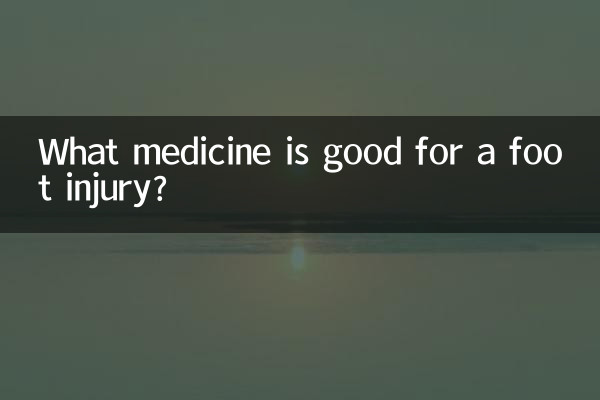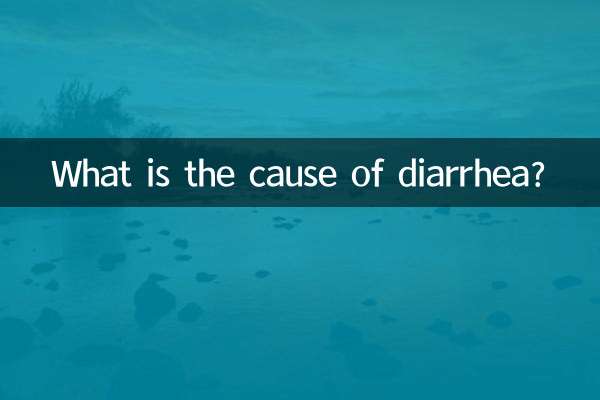What medicine is good for a foot injury?
Foot injuries are common accidental injuries in daily life, especially when exercising, walking, or going up and down stairs. Proper management of a foot injury and choosing the right medication can speed recovery and reduce pain. This article will combine the hot topics and hot content on the Internet in the past 10 days to provide you with detailed medication suggestions and care methods.
1. Common symptoms of foot injuries

After a foot injury, the following symptoms are usually associated:
| Symptoms | Description |
|---|---|
| pain | Persistent or intermittent pain at the injured site |
| swelling | Swelling around the injured area, which may be accompanied by bruising |
| Restricted activities | Pain intensifies when moving the foot, affecting normal walking |
| bruises | Bruises or purple-red patches appear on the skin surface |
2. Recommended commonly used drugs for foot injuries
For different symptoms of foot injuries, you can choose the following drugs for treatment:
| drug type | Drug name | function | Applicable symptoms |
|---|---|---|---|
| topical analgesics | Voltaren ointment, Yunnan Baiyao spray | Relieve local pain and inflammation | Mild sprains and muscle strains |
| Oral analgesics | Ibuprofen, acetaminophen | Reduce pain and reduce inflammation | moderate to severe pain |
| Blood-activating and blood-stasis-removing medicine | Panax notoginseng tablets, Diedai pills | Promote blood circulation and dissipate congestion | Bruising, swelling |
| anti-inflammatories | amoxicillin, cephalosporins | prevent or treat infection | Open wounds or risk of infection |
3. Care methods for foot injuries
In addition to medication, correct care can also speed up recovery:
1.rest: After injury, activities should be stopped immediately to avoid aggravating the injury.
2.Apply ice: Within 48 hours after injury, ice packs can be applied to the injured area for 15-20 minutes each time, 3-4 times a day to reduce swelling and pain.
3.Pressure bandage: Use an elastic bandage to moderately bandage the injured area to reduce swelling.
4.Raise the affected limb: Elevating the injured foot above heart level can help reduce swelling.
5.Hot compress: After 48 hours, you can switch to hot compress to promote blood circulation and speed up recovery.
4. When do you need medical treatment?
If the following symptoms occur after a foot injury, it is recommended to seek medical treatment immediately:
| Symptoms | Possible reasons |
|---|---|
| severe, unbearable pain | Broken bones or severe ligament damage |
| Obvious deformation or abnormal activity | joint dislocation or fracture |
| Severe skin damage or infection | Requires debridement or antibiotic treatment |
| Swelling and pain continue to get worse | May be accompanied by internal bleeding or infection |
5. Tips to prevent foot injuries
1.wear suitable shoes: Choose non-slip, supportive shoes and avoid wearing high heels or slippers.
2.Pay attention to environmental safety: When walking, pay attention to whether the ground is slippery or has obstacles.
3.moderate exercise: Strengthen foot muscle exercises and improve balance ability.
4.Supplement nutrition: Appropriate intake of calcium and vitamin D to enhance bone strength.
Summary
After a foot injury, it is important to choose the right medication and the right care. Mild injuries can be relieved with topical or oral medications, while severe injuries require prompt medical attention. I hope this article can provide you with a useful reference to help you get back to health as quickly as possible.

check the details

check the details